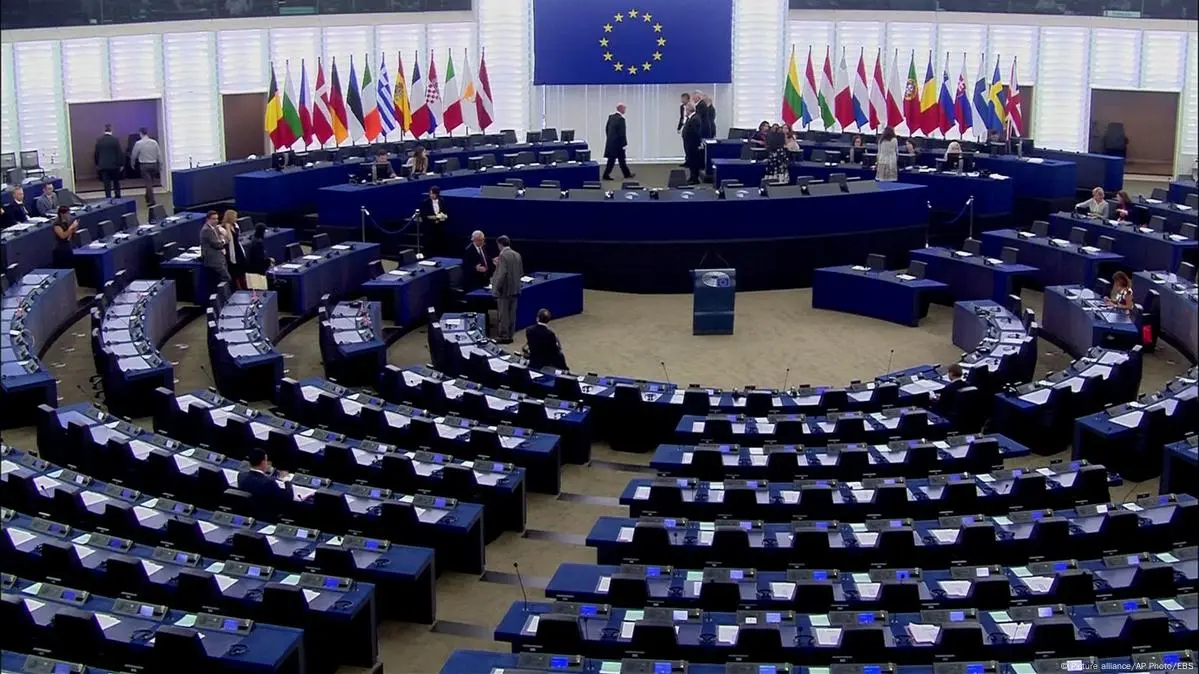Since the early 1990s, the European Union has developed and progressively strengthened its Anti-Money Laundering (AML) frameworks designed to protect its financial systems from exploitation by criminals and terrorists. The EU’s journey can be understood through cycles of directives and recently, the introduction of supranational supervisory structures and regulations aiming to unify and modernize AML efforts across member states.
Origins: The First EU AML Directive (1991)
The EU’s AML framework began with the adoption of the First AML Directive in 1991, grounded in international commitments such as the Financial Action Task Force (FATF) recommendations and conventions on organized crime and drugs control. The goal was to impose a minimal level of customer identification and reporting on financial institutions, particularly banks, to counteract drug trafficking revenues infiltrating financial markets.
This initial EU directive focused primarily on traditional financial institutions, requiring due diligence for customer verification and suspicious transaction reporting to Financial Intelligence Units (FIUs). However, enforcement and scope were limited due to the infancy of AML awareness and technologies at the time.
Expansion and Inclusion: Second and Third Directives
By 2001, recognizing the limitations of the first directive, the EU introduced the Second AML Directive, extending due diligence obligations beyond banks to lawyers, accountants, real estate agents, and others in non-financial sectors vulnerable to misuse for money laundering. This expansion was crucial in addressing new laundering channels.
The Third AML Directive, adopted in 2005, was a pivotal response to the global fight against terrorism, particularly following the 9/11 attacks. It introduced a risk-based approach to AML compliance, mandated enhanced due diligence for higher-risk situations, and included new categories like currency exchange and money remitters. Enhanced cooperation between member states and FIUs advanced data sharing for suspicious transaction analysis. Despite improvements, implementation disparities among member states persisted.
Towards Risk-Based Management: The Fourth and Fifth Directives
The 2015 Fourth AML Directive significantly broadened the AML scope, emphasizing transparency through beneficial ownership registries and reinforcing a risk-based approach for customer due diligence (CDD). It brought additional sectors such as gambling within regulatory reach, highlighting the growing complexity and globalization of financial crime.
The Fifth Directive (2018) responded to technological advancements, especially the rise of virtual assets and cryptocurrencies, by requiring more stringent screening for crypto service providers and further lowering cash transaction thresholds to reduce illicit cash flows. It also enhanced access to beneficial ownership registers and improved FIU cooperation.
The Sixth AML Directive and New EU Regulations
The latest Sixth AML Directive (AMLD6), adopted in 2021, reflects the EU’s move toward greater harmonization and criminal deterrence. It adds over 20 predicate offenses, bolsters whistleblower protections, and emphasizes national risk assessments conducted every four years. Importantly, AMLD6 increased penalties for non-compliance and clarified legal bases for processing personal data during AML investigations.
Complementing directives, the EU introduced the AML Regulation (AMLR), directly applicable to member states from July 2027, to replace fragmented national implementations with a unified “single rulebook.” This regulation, part of a comprehensive AML package, integrates new obligations such as:
- Stricter due diligence concerning beneficial ownership transparency and suspicious reporting timelines.
- A pan-European cash payment cap of €10,000 in business transactions to limit cash abuse.
- Extension of AML obligations to previously exempt sectors such as crypto-asset providers, crowdfunding platforms, and professional football clubs.
- Establishment of the EU Anti-Money Laundering Authority (AMLA), based in Frankfurt, which will centrally supervise major high-risk financial institutions across the EU from 2028 onwards.
Institutional Reform and Political Perspectives
The creation of AMLA marks a structural shift from national supervision towards centralized EU oversight aimed at resolving longstanding issues such as fragmented application, uneven sanctions, and regulatory gaps. AMLA is empowered to issue binding technical standards, intervene in urgent cases, and coordinate investigations, signaling stronger enforcement capability than previous regimes.
Politicians and EU policymakers have supported these changes, acknowledging the necessity of full harmonization and streamlined enforcement to effectively combat financial crime affecting the internal market’s integrity. The European Parliament has endorsed updates to the EU’s AML high-risk third-country list and consistently demanded enhanced tools to prevent the misuse of new technology in laundering schemes.
Future Challenges and Outlook
Despite notable advancements, challenges remain in adapting to ever-evolving money laundering techniques, including increasingly sophisticated use of cryptocurrencies and cross-border financial flows. The harmonizing push through AMLR and AMLA aims to reduce legal arbitrage but requires robust implementation by member states and cooperation from private sectors.
Ongoing adjustments and periodic reviews, especially focusing on vulnerable sectors and emerging financial technologies, are critical for maintaining the resilience of the EU AML framework.
This historical and current perspective reveals an EU AML regime evolving from rudimentary due diligence mandates in 1991 to a complex, integrated legal and institutional system enforcing detailed risk-based compliance across financial and non-financial sectors. The implementation of the AML Regulation and the establishment of AMLA will further solidify the EU’s position as a global leader in anti-money laundering efforts, fulfilling international standards and protecting the integrity of its financial markets.


